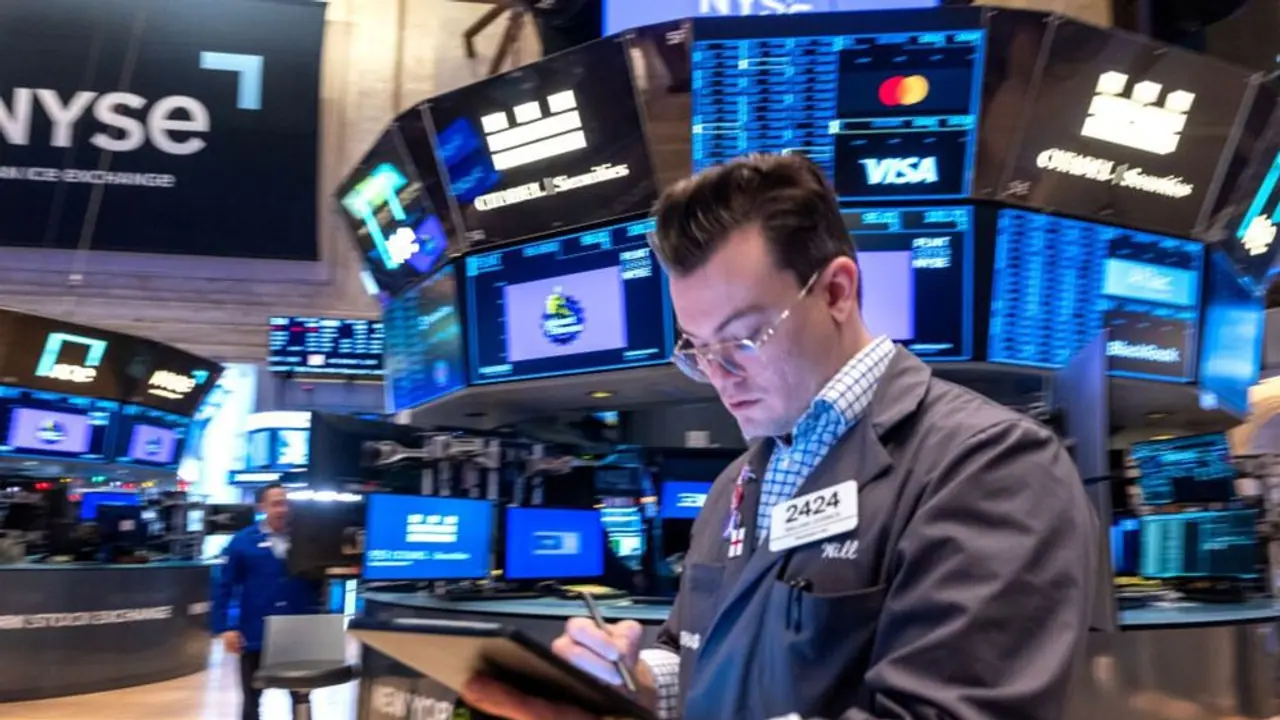According to Morgan Stanley's Matt Wilson, the 5,750-5,800 area — the convergence of the 200-day and 100-day moving averages — is the most critical technical test for the S&P 500 Index.
U.S. stock futures point to a lower opening on Tuesday, reflecting traders' nervousness ahead of the Federal Reserve's crucial rate-setting meeting.

As of 10:50 p.m. ET on Monday, the S&P 500, Nasdaq 100, Dow, and Russell 2000 futures fell 0.25%, 0.51%, 0.07%, and 0.12%, respectively.
The yield on the 10-year Treasury note increased overnight after climbing 2.1 basis points on the back of strong Institute for Supply Management's service sector reading.
The WTI-grade crude oil futures rebounded in the Asian session after hitting a four-year low on Monday, and gold futures also advanced.
The U.S. dollar is seen higher across the board.
Among the key catalysts is the Federal Open Market Committee, which kicks off Tuesday's two-day monetary policy meeting. The rate decision and a post-meeting press conference by Chair Jerome Powell are due only on Wednesday.
The Commerce Department will release its trade balance report at 8:30 a.m. ET. On average, economists forecast a widening trade deficit to $136 billion in March from February's deficit of $122.7 billion.
Investors are likely to keenly watch earnings from Datadog (DDOG), Duke Energy (DUKE), Embraer SA (ERJ), Global Payments (GPN), Constellation Energy (CEG), Lear (LEA), Marathon Petroleum (MPC), Marriott (MAR), Louisiana-Pacific (LPX), Cirrus Logic (CRUS), Coupang (CPNG), Electronic Arts (EA), Lucid Group (LCID), Rivian Automotive (RIVN), Super Micro Compute (SMCI) and Wynn Resorts (WYNN).
Palantir Technologies (PLTR) shares slid in Monday's after-hours session despite fairly robust results.
According to Morgan Stanley's Matt Wilson, the 5,750-5,800 area — the convergence of the 200-day and 100-day moving averages — is the most critical technical test for the S&P 500 Index.
The strategist reiterated that a China trade deal, stabilization in earnings revisions, a more dovish Fed, and a drop in 10-year yield below 4% without recession fears are needed for a durable rally past the 5,780-5,800 level.
WisdomTree Senior Economist Jeremey Siegel said the market sees no more than average risk despite the policy uncertainty. To make his case, he pointed to the CBOE Volatility index, which traded in the low-20s.
On the Fed rate decision, the economist said the central bank should cut rates but it would not due to the inverted yield curve.
"Powell is likely to offer little beyond platitudes about data dependency and policy patience," he said, while noting that inflationary pressures remained muted.
Stocks closed lower on Monday, with the S&P 500 Index and the Dow Jones Industrial Average snapping a nine-session winning streak. The pullback came despite the better-than-expected service sector activity reading and Treasury Secretary Scott Bessent's encouraging comments on trade deals.
Energy stocks fell the most, while the consumer discretionary space also came under selling pressure.
The Invesco QQQ Trust (QQQ) ETF fell 0.59% on Monday before closing at $485.93. The SPDR S&P 500 ETF (SPY) slipped 0.57% to $563,51, and the SPDR Dow Jones Industrial Average ETF Trust (DIA) moved down 0.19% to $412.26.
The iShares Russell 2000 ETF (IWM) gave up 0.77% before closing at $198.94.
For updates and corrections, email newsroom[at]stocktwits[dot]com.
